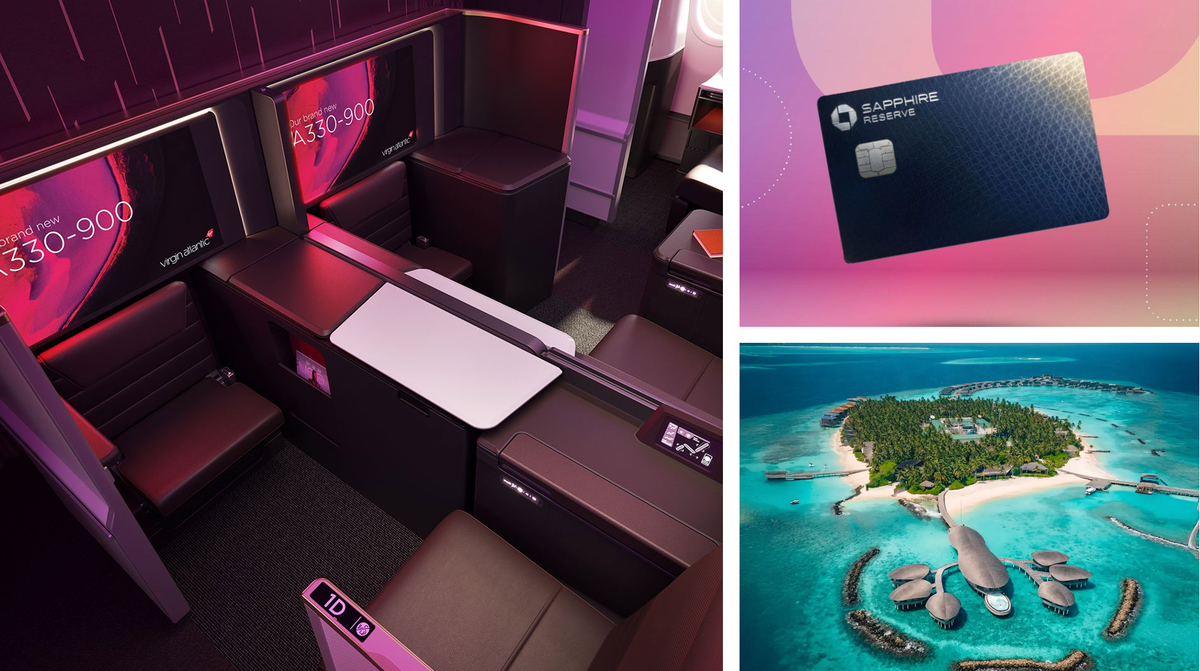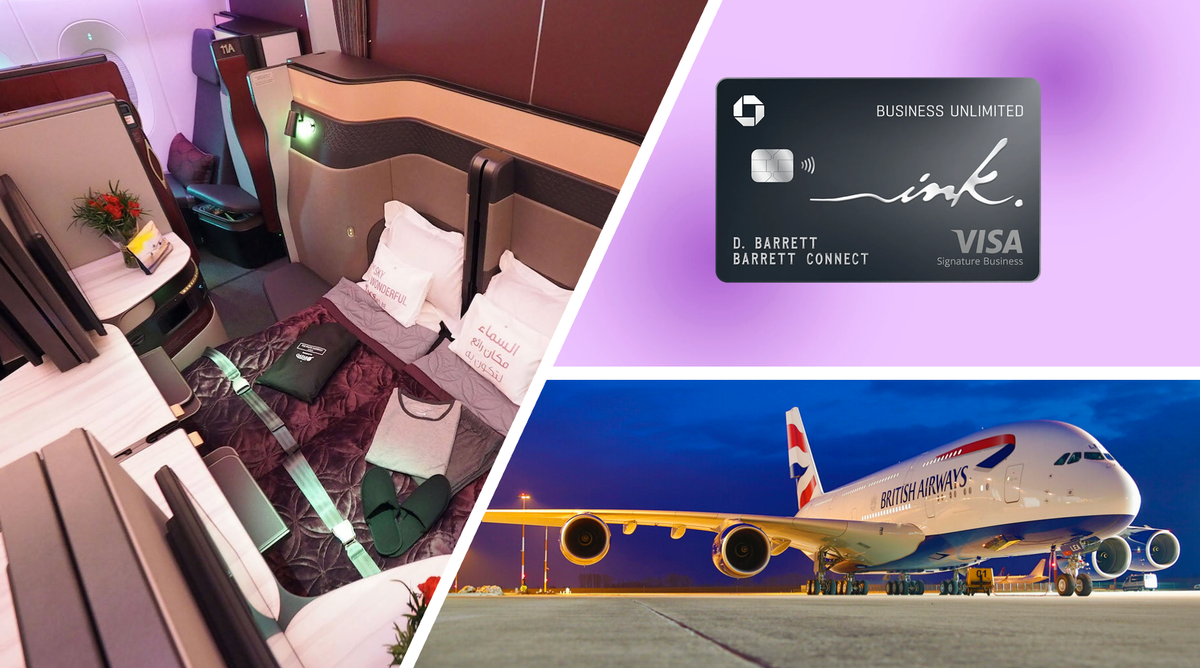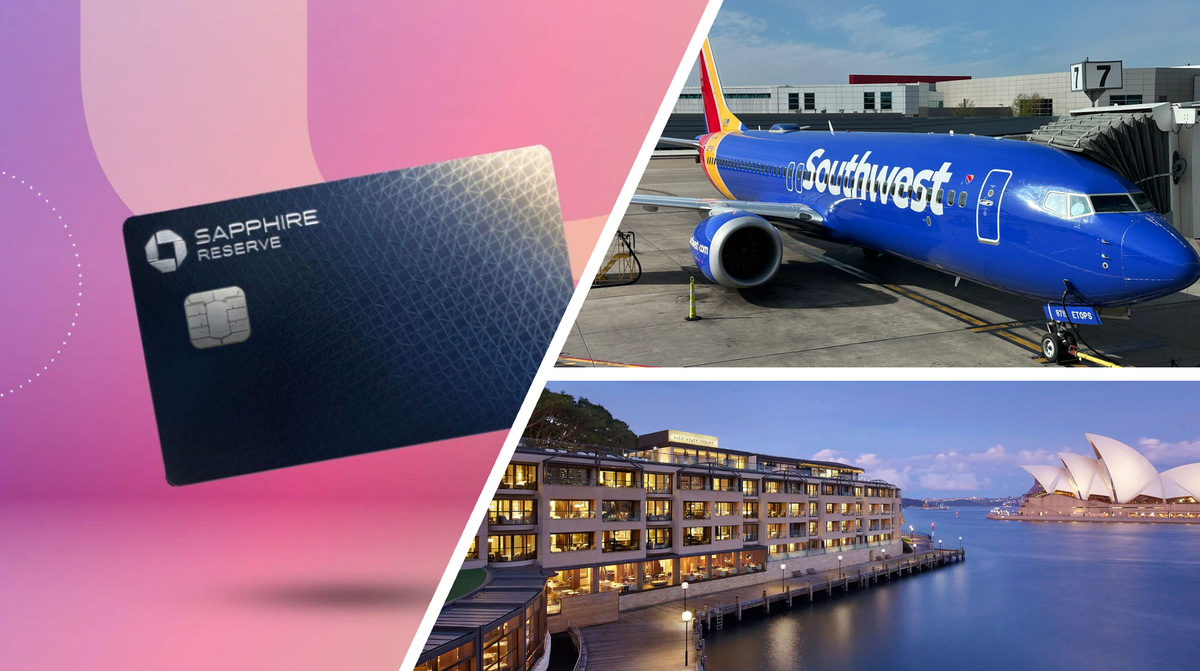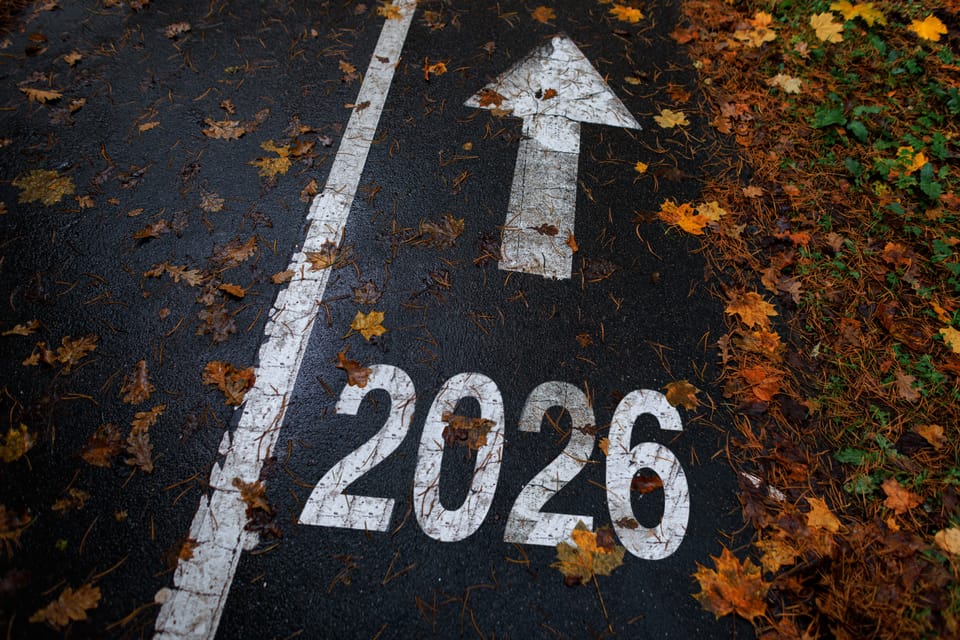The Revitalized Chase Ultimate Rewards Ecosystem: A Strategic Look
Chase’s 2025 ecosystem dazzles with 8× travel rewards and $2,700+ in credits—but leans too hard into couponization. Monthly activations, split credits, and platform-specific perks demand high maintenance. It's powerful for pros, but casual users may drown in hoops before seeing real value.
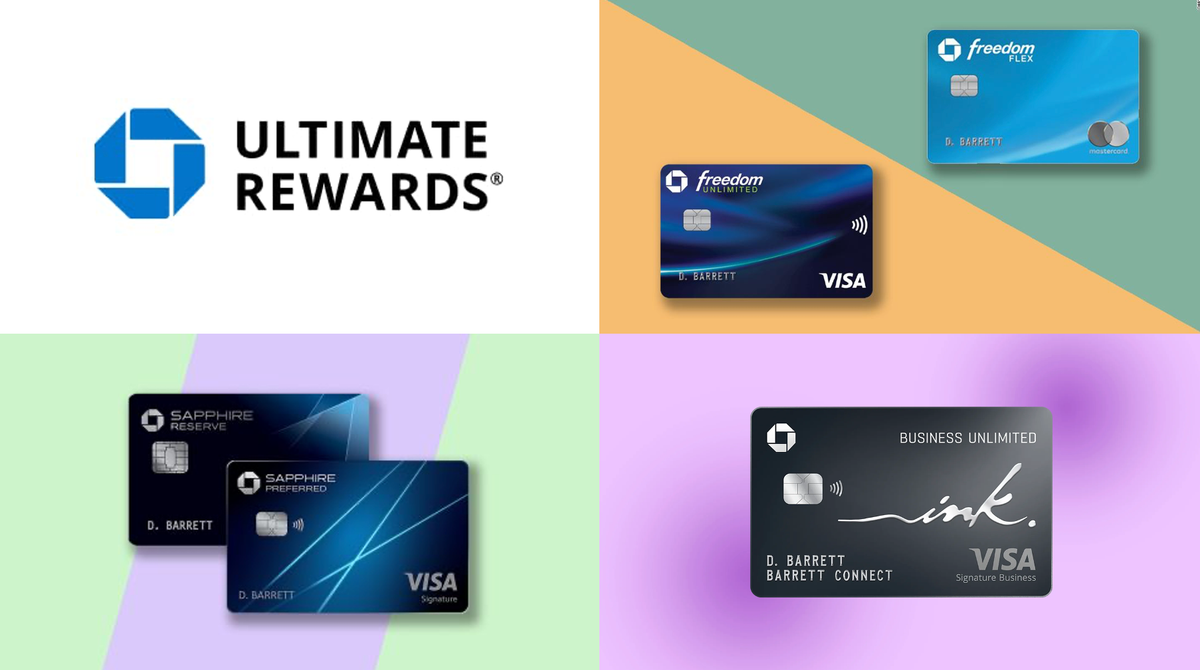
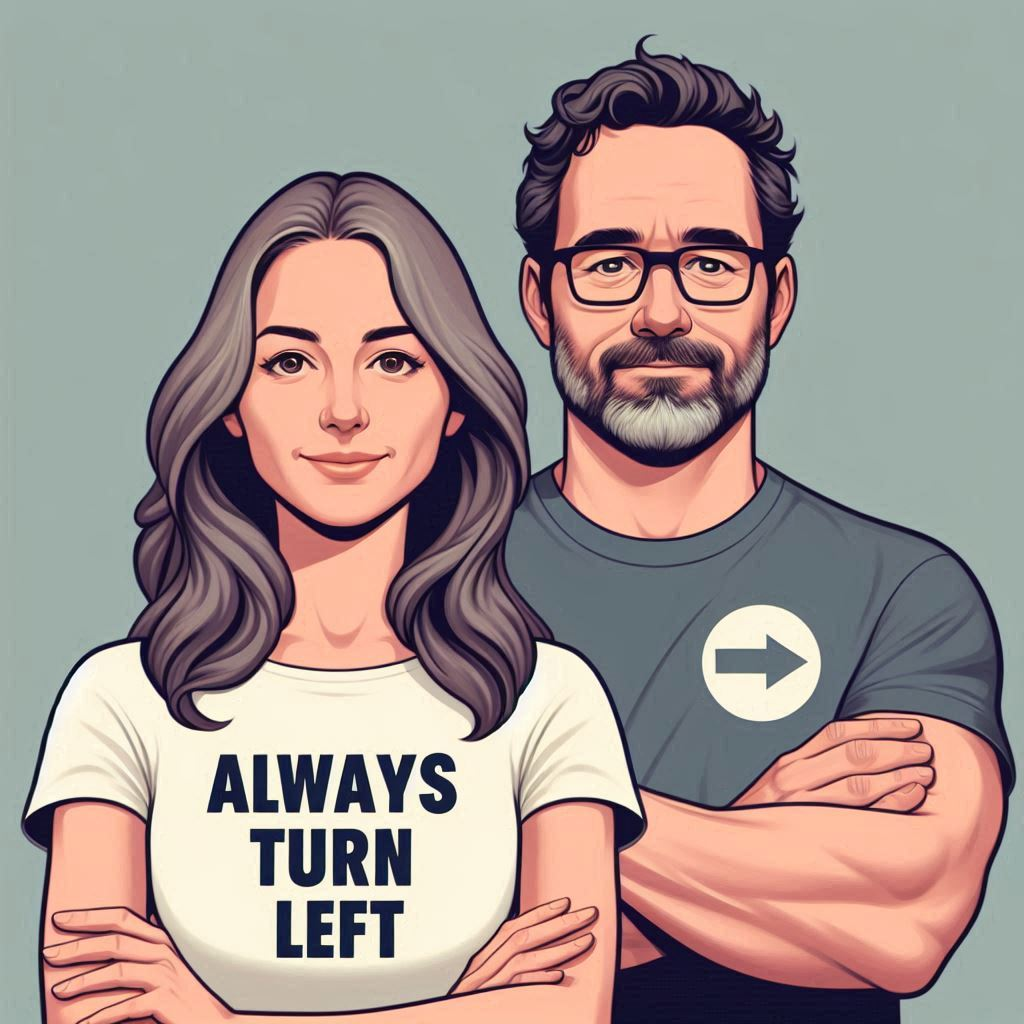
If You Only Had 60 Seconds to Read This Article (Click Here)
Chase’s 2025 overhaul introduces a high-fee, high-reward version of the Sapphire Reserve ($795/year), with both personal and brand-new business variants. The personal card now earns 8× on travel booked through Chase Travel, 4× on direct flight/hotel bookings, and 3× on dining. It includes over $2,700 in annual credits: $300 travel, $500 hotel, $300 dining, $300 StubHub, $300 DoorDash, $120 Peloton, Apple services, and more. Despite the value, these perks require active use and monthly tracking—making the effective benefit realized only by committed users who max out credits and use Chase’s travel portal.
On the business side, the Sapphire Reserve for Business mirrors the personal card’s premium feel but targets high-ad-spend companies. It offers 8× on travel, 4× on flights/hotels, 5× on Lyft, and 3× on online advertising—without earning caps. Business-specific credits include $400 for ZipRecruiter, $200 Google Workspace, and $100 gift card bonuses, on top of the shared hotel and travel credits. The $795 fee is easily offset if companies channel $30K+ annual ad or travel spend through the card while actively engaging with benefits.
The Ink lineup remains foundational: Ink Business Preferred delivers 3× on shipping, ads, and travel up to $150K/year for just a $95 fee. Ink Cash provides 5% on office supply and telecom (up to $25K), while Ink Unlimited earns a flat 1.5% on all purchases—both with no annual fee. These pair perfectly with either Reserve card, letting users consolidate Ultimate Rewards (UR) points for redemptions at 1.25–1.5¢/point or transfer to airline/hotel partners. UR point pooling between personal and business accounts enhances value extraction.
Lastly, the Freedom card continues to serve as a no-fee multiplier booster with 5% rotating categories. It’s essential for casual users who want to contribute to UR pools without over-committing. Across the ecosystem, Chase's strategy in 2025 rewards those who can efficiently route spend: maximizing categories, leveraging portal multipliers, tracking semi-annual credits, and pairing personal and business tools. Done right, this setup offers 4–6× UR yield potential on targeted spend and unlocks elite travel value with a structured, data-informed approach.
Everything else you need to know is just below 👇🏻
With revamped benefits, powerful earning rates, and layered credits across the board, Chase is inviting both individuals and businesses to rethink how they leverage the full spectrum of Ultimate Rewards.
A Holistic View
Chase has never been more thoughtful about synergy between personal and business products. The refreshed consumer Sapphire Reserve isn’t just a powerful standalone card—it’s a lynchpin in a broader strategy that spans small businesses, freelancers, and high-spending travelers. The addition of a business version of Reserve, coupled with powerhouse Ink products and the familiar freedom of the Freedom card, finally delivers a coherent system rather than a grab-bag of offerings.

Consumer Sapphire Reserve: Premium Redefined
The headline grabber is the personal Sapphire Reserve, now perched at $795 per year. That number alone raises eyebrows—but when you unpack the new benefits, the value proposition begins to crystallize. Swipe through the Chase Travel portal and you’ll now earn 8× points, a meaningful leap over the previous 5× and 10× categories, and a compelling reason to route travel bookings through Chase. Pair that with direct-booking rewards at 4× on flights and hotels, and 3× on dining, and you have a serious engine for everyday spend.
So where does the fee go? The bundled credits are dizzying: a $300 annual travel credit, $500 across curated hotel upgrades, three monthly $25 DoorDash credits, half-yearly dining perks, a generous StubHub benefit, and even Peloton, Apple Music, Apple TV+ perks, and complimentary lounge access. Cumulatively, the realized value can top $2,700—if you actually use them.
Here’s the rub: realizing maximum benefit requires discipline. Credits must be activated or redeemed each cycle, and high-end travel behavior is essential. Miss one month of DoorDash or let credits lapse, and the return plunges. Meanwhile, the $195 authorized-user fee and tighter welcome-bonus rules demand serious applicant intent.
Business Sapphire Reserve: Premium with a Business Lens
Far from a copy of its consumer sibling, the business edition stands as a distinct premium tool. The same $795 fee protects a sky-high earning landscape – 8× on travel portal, 5× on Lyft, 4× on flights and hotels, and a rare 3× on social media and online advertising. There are no category caps, making this ideal for businesses that regularly spend on marketing or corporate travel.
Additional credits go beyond personal perks, targeting common business expenses: up to $500 in property credits, $400 on ZipRecruiter, $200 on Google Workspace, and more. High-spend businesses with needs in HR, recruitment, and subscriptions may find these directly offsetting the annual fee.
Accessing the bonus is also intriguing—follow referrals via Ink cards before the October 2025 cutoff for massive points upside. That alone is shaping how businesses choose between AmEx, Capital One, or Citi's alternatives.
The Ink Line: Business Spend Foundations
Ink cards are critical in building a fortified UR ecosystem. Among them, the Ink Business Preferred offers 3× on key categories—travel, shipping, telecom, and online advertising—up to $150,000 annually. While it holds the highest cap among Inks, pairing it with Reserve cards allows seamless pooling and portal value boosts.
The zero-fee siblings, Ink Business Cash and Unlimited, fill different but complementary roles. Cash provides 5% office supply and telecom bonus on the first $25K per year, while Unlimited delivers a steady 1.5% on all purchases. Together, these no-fee options prevent UR leakage on everyday expenses that don't justify Reserve-level multiples.
This trinity of Ink products gives businesses the flexibility to optimize UR accumulation by aligning spend categories to the most rewarding products in the stack.
Freedom as the Flexible Glue
Often overlooked, the Freedom card remains an essential tool for personal spend. It offers rotating 5% cash back on quarterly categories and unlimited 1% otherwise. While it doesn’t earn UR by default, pairing it with any premium Chase card enables conversion of Freedom-earned cash back to UR at 1:1, plugging up earning gaps in the ecosystem.
This makes Freedom invaluable for covering niche or seasonal expenses, and strategically filling UR gaps without annual fees or Hyatt-style hoops.
Strategic Ecosystem Thinking
The magic of Chase lies in pooling: UR generated from personal Reserve, business Reserve, Ink cards, and even Freedom can all flow into one redemption hub. That’s transformative. One card covers travel, another covers ads, another covers everyday purchases—and they all contribute to a shared pool of travel value.
This means higher flexibility. You could use personal Reserve points for your family trip, and business points as a marketing budget initiative—or combine them for a big transfer.
Calculating Real Value
If you maximize every credit on both Reserve cards, you're looking at more than $2,700 in realized benefits annually. Factor in high 8× and 5× multipliers, and redemptions using portal bookings or transfer to premium airline/hotel partners can push return well past 2 cents per UR point—a compelling figure in travel-rewards world.
Combine that with Ink-level bonuses and Freedom’s gaps coverage, and engagement across five cards can yield UR earning north of 4–6x on total spend for targeted categories.
Couponization Galore
Chase’s 2025 lineup leans aggressively into what many call “couponization”—the fragmentation of card benefits into dozens of narrowly defined, high-maintenance credits. Across both the personal and business Sapphire Reserve cards, users face a maze of semi-annual, monthly, and platform-restricted perks that demand precision just to break even on the hefty $795 annual fee. Instead of offering simple, frictionless value, Chase has packed the ecosystem with $25/month DoorDash credits, $250 semi-annual hotel credits, $10 Peloton credits, and niche offerings like StubHub and ZipRecruiter credits. These require constant activation, timely use, and alignment with spending habits, or else they quietly expire—eroding the perceived benefit.
This design shifts the burden from Chase to the consumer. The total theoretical value sounds impressive—$2,700+ in credits, if everything is used—but that’s a big “if.” Users who don’t live near Chase lounges, don’t use DoorDash monthly, or forget to claim semi-annual credits risk paying nearly $800 a year for benefits that never materialize. It creates a two-tier experience: savvy points strategists with spreadsheets extract real value, while casual cardholders fund the system with underused perks and annual fees they can’t justify.
Even Ink and Freedom, while less prone to benefit bloat, contribute to this gamified spend environment. Freedom’s 5% rotating categories require quarterly activation and deliberate planning, while Ink’s business rewards cap out annually or in niche spend areas. In short, Chase’s ecosystem has become less about everyday ease and more about engagement intensity. Those willing to work the system can profit handsomely, but for the average user, the rising complexity may outweigh the flash.
Where Strategy Meets Practicality
The real-world challenge: rolling out five cards, tracking multiple credits, and timing large expenditures. That’s where a proactive approach matters. Use digital calendars or an app to set reminders for benefit deadlines. Choose months for intentional high-ad-spend to hit welcome-bonus thresholds. And bundle monthly subscription coverage to extracts every cent in credits.
Final Thoughts
The 2025 Chase ecosystem has evolved from a loose collection of cards into a tightly integrated rewards machine. With point pooling, spend synergy, and high-category multipliers, it offers a clear path from routine expenses to premium travel experiences. At its best, it’s a masterclass in strategic optimization.
But the system now demands more than smart swiping—it requires active management. Monthly credits, portal-exclusive perks, semi-annual activations, and platform-restricted benefits add friction to the experience. That $795 Sapphire Reserve fee can deliver real value—but only if you engage with the ecosystem like a part-time job.
So yes, the potential is real. But so is the effort. If you’re detail-oriented, travel-savvy, and comfortable living by the promo calendar, this ecosystem can reward you handsomely. For everyone else, the promise of premium perks may feel more like a subscription to tasks than a passport to freedom.
ProTips Summary
Automate credit‑activation reminders to avoid unused benefits.
Route travel bookings through the Chase Travel portal to earn 8× UR.
Use business Reserve primarily for marketing and subscription expenses.
Deploy Ink Cash/Unlimited for miscellaneous spend to preserve higher-category bonuses.
Initiate business Reserve referrals before October 2025 for substantial bonus potential.
Time large spend events across product categories to hit welcome-bonus and credit thresholds.
Use Freedom to mop up bonus categories that don’t align with other cards.
With insightful coordination, strategic timing, and diligent management, the new Chase ecosystem can be your most powerful travel-rewards engine yet.
July 2025 Chase Redemption Series:
